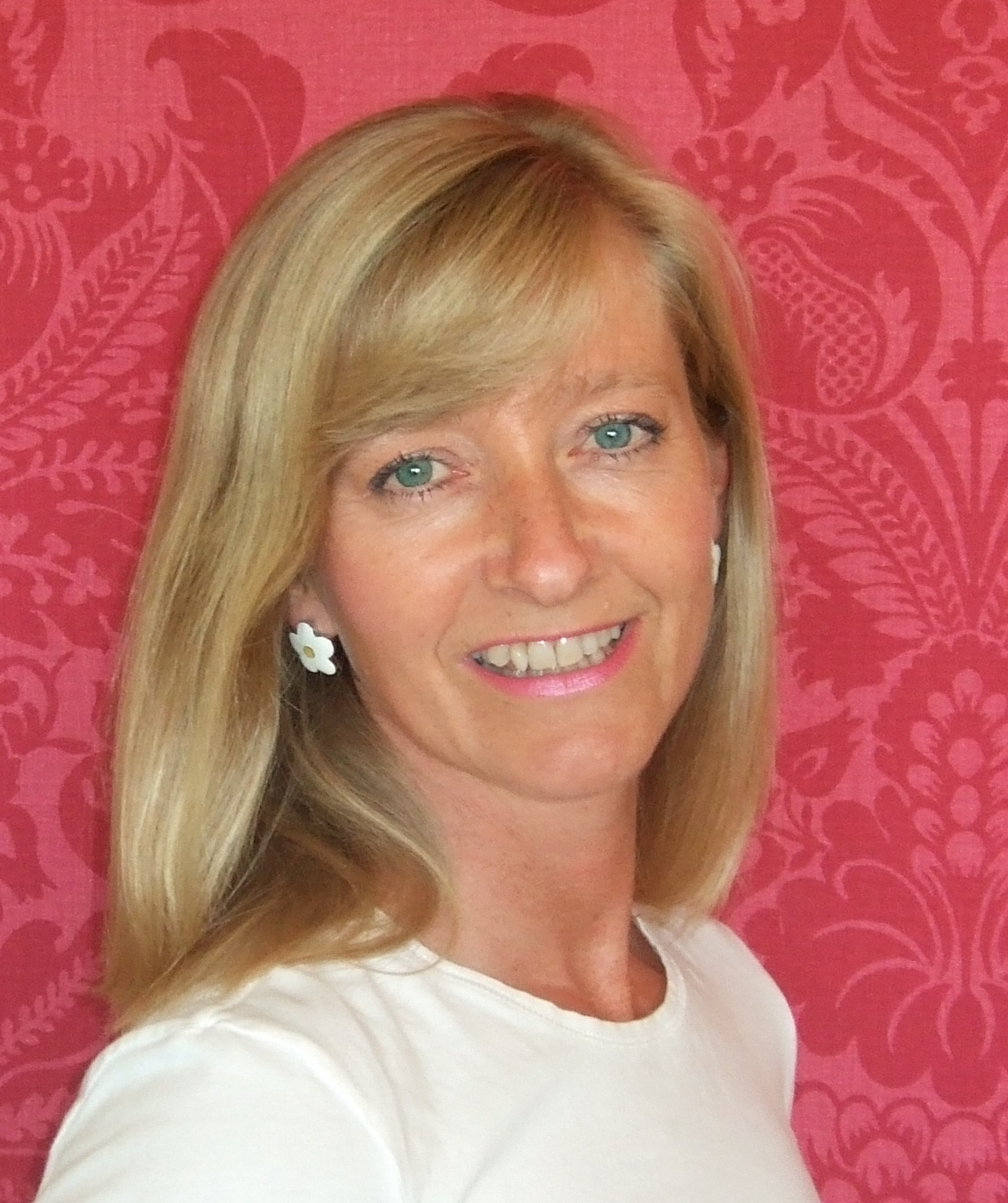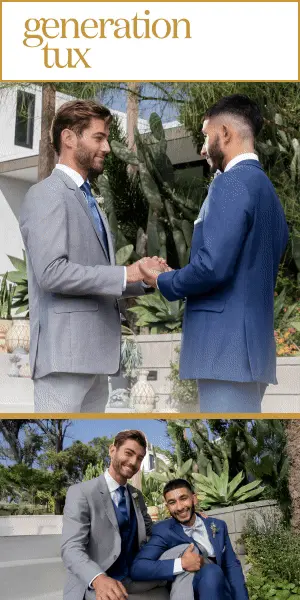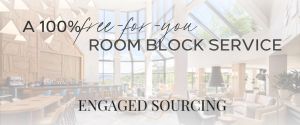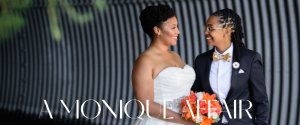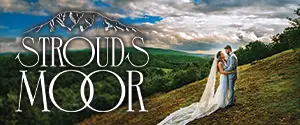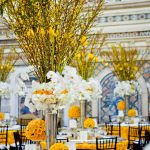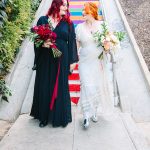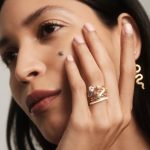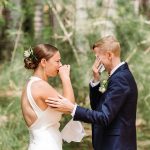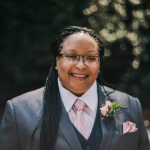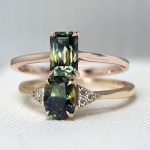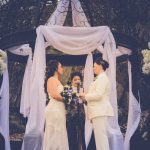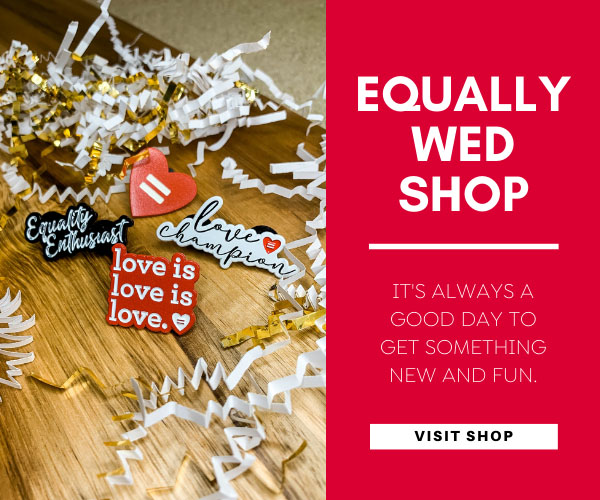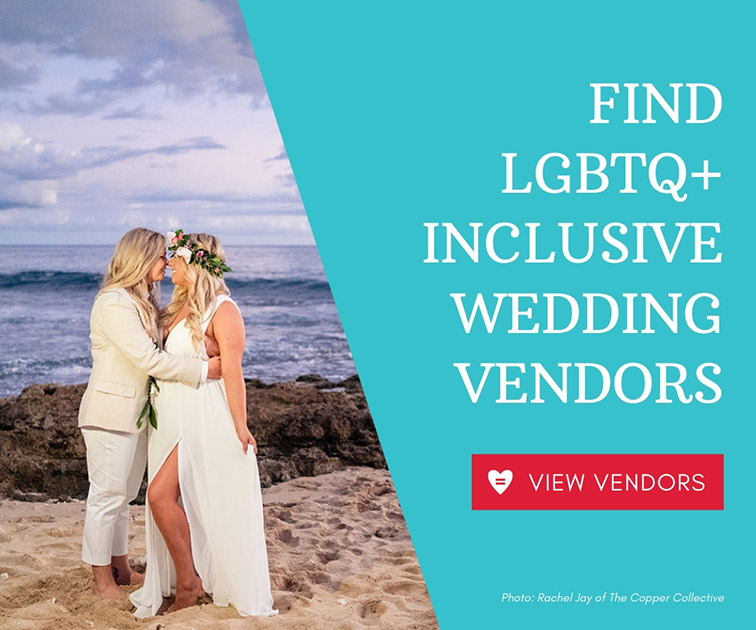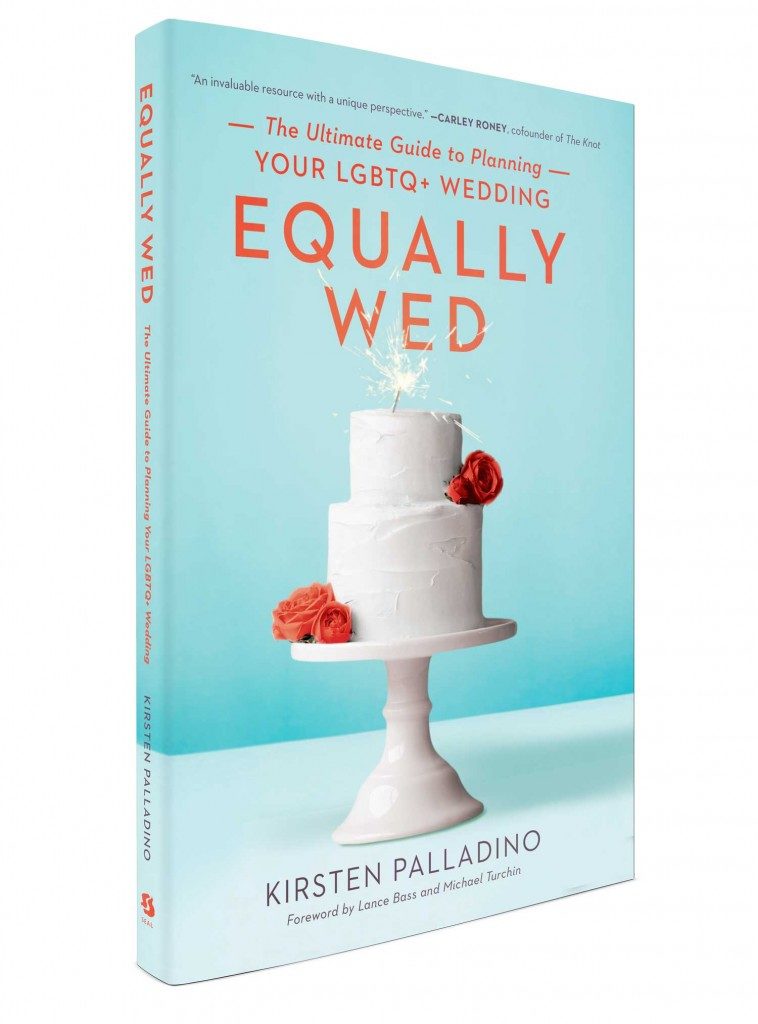Are we over the rainbow badge? There are pros and cons when it comes to displaying an inclusivity symbol.
I am not a member of the LGBTQ+ community but I am someone who does care deeply that I am not just seen to promote equality but that I actually do promote equality. So I have been thinking very carefully about the pros and cons of displaying a rainbow badge as an inclusivity symbol on my own website.
In the early days of online businesses, posting the rainbow symbol on your website was radical in that it differentiated you from the rest. I think there were already people out there using the symbol as a marketing tool to reach the gay community.
Now as the rainbow badge becomes more mainstream, businesses are setting themselves up to assess your website for gay-friendly content (for a fee) and award you with their rainbow badge—and this is where I have to jump off that particular bandwagon.
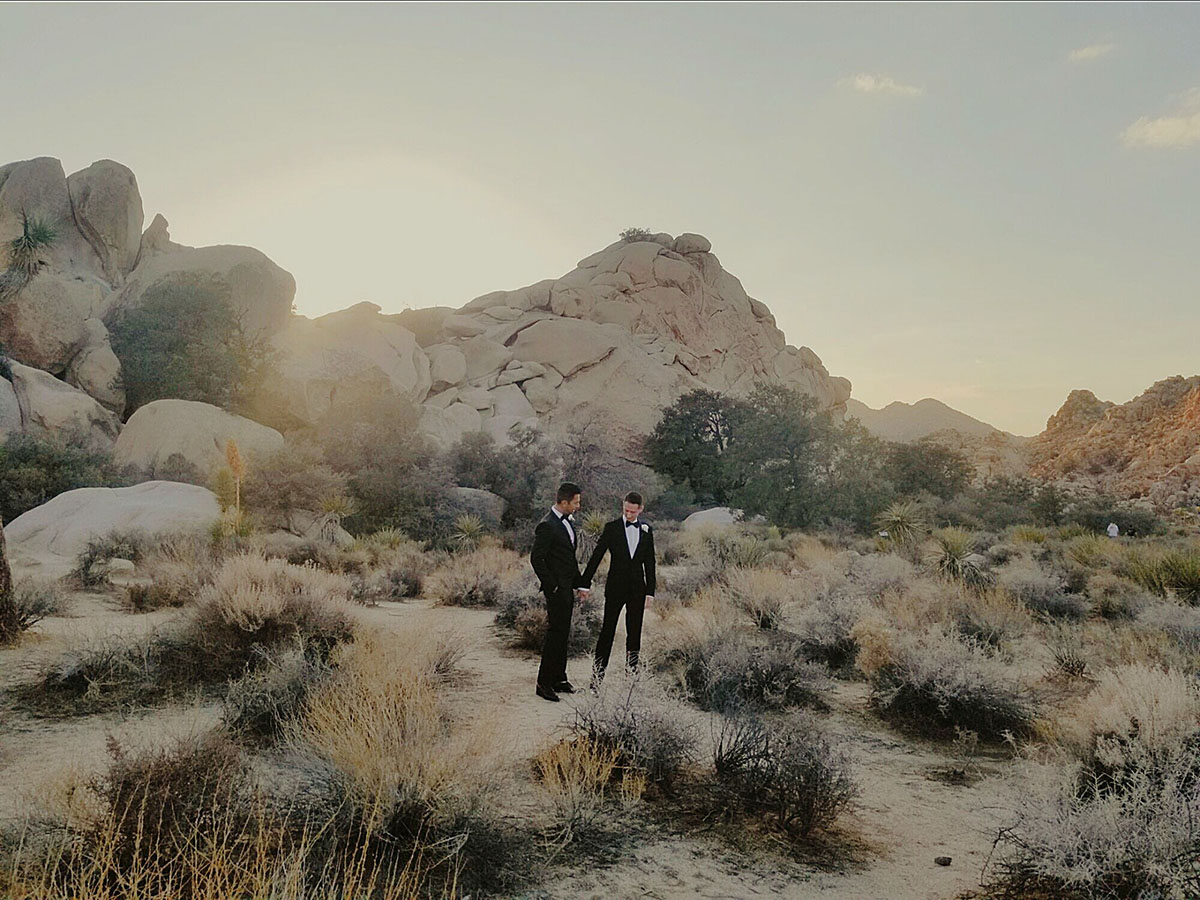
Should you use an inclusivity badge as a celebrant or wedding vendor?
I come from the perspective of someone who marries people for a living. As a Deputy Superintendent Registrar of Births, Deaths and Marriages in the United Kingdom, total equality and inclusivity of race, religion, orientation and gender identity was a given—nothing less was expected or tolerated. It was my job to be inclusive.
When I moved to Spain, I was thrown out into the real world, beyond the safe boundaries of my vocation as a registrar.
Setting myself up as an independent wedding officiant in an unregulated industry meant that I began to question my previously unshakeable doubt that I was offering a 100-percent inclusive service. How on earth could I prove on my website that I did not discriminate? Would the rainbow symbol be enough to badge me as LGBTQ+ friendly? And was it even necessary? I began opening up the conversation with friends who are a part of the LGBTQ+ community and to celebrant colleagues.
Initially, my thinking was that if I wrote my website text with an open heart and an open mind, my website should speak for itself. I marry people. I marry people in love. That’s it. I don’t display a religion-friendly badge or an age-friendly-badge so why should I display a gay-friendly badge? I simply perform symbolic ceremonies—weddings, funerals, baby namings, vow-renewals, whatever you want to celebrate. I write my scripts irrespective of race, religion, age or gender. I could talk the talk, but could I walk the walk?
Should I use stock images on my website?
Having a brand new business with a brand new website, I hadn’t yet performed many same-sex weddings and for those that I had done, the couples had understandably asked for their privacy to be respected. A picture speaks a thousand words but I did not have any gay-wedding images I could work with. Should I use stock images? It didn’t feel right. To use photos that weren’t mine made me feel like a fraud. What about that rainbow badge? Once again, I turned away from that option and decided instead to feature any stock photos in black and white thus differentiating them from my own color images.
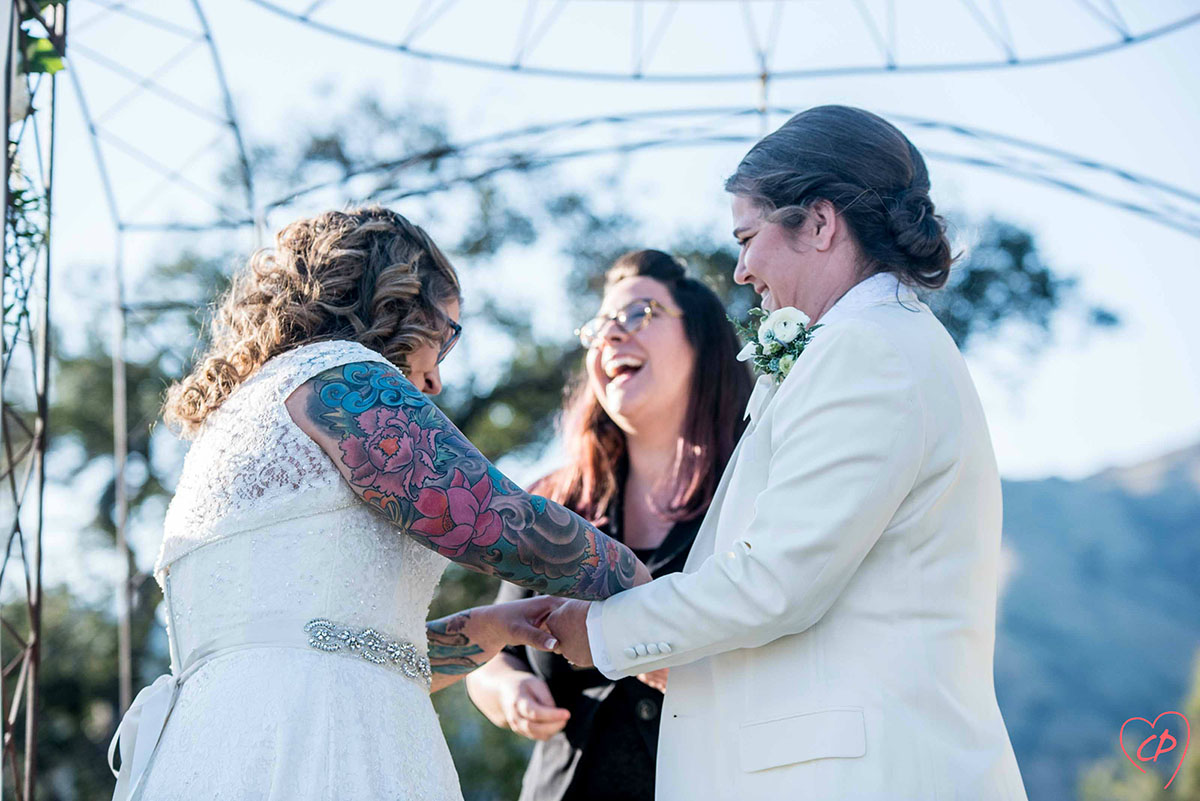
I realized something—that I was incredibly naïve.
I am not American, I am British. I am not LGBTQ+, I am straight. I have grown up accepting of all people regardless of race, religion and orientation.
And then I met the enigmatic Marie Burns Holtzer at an international celebrants’ retreat and I came to the huge realization that I was incredibly naïve.
As a proactive supporter of the rights of the LGBTQ+ community, Marie opened my eyes to a world I think I had been protected from. A world where some officiants were still discriminatory. And I was horrified.
Don’t use the rainbow badge as a shortcut.
I started talking about the rainbow issue on the wedding officiant groups I was a part of and began hearing about a world very different to mine.
As one celebrant put it, “A world where people are still oppressed and even tortured for their basic human value to love one another regardless of their nationality, sexual orientation or skin color.” I really needed to mark my website as a safe place for everybody without question.
My informal research revealed a general consensus from celebrants, officiants and ministers that the rainbow badge was still valid as an indicator that the website author was an LGBTQ+ ally and that their website was a safe place—but any symbolism was meaningless without appropriately worded content that showed empathy in support of all couples regardless of sexual orientation or gender identity.
A hugely respected wedding minister reiterated, you just could take a shortcut by using a rainbow badge, you had to support that badge with warm inviting, gender-neutral text and language.
I concluded that the rainbow symbol would give an instant recognition of the intention that my site was accessible to all, enough for a couple to pause a moment and take time to read the heartfelt, inclusive wording.
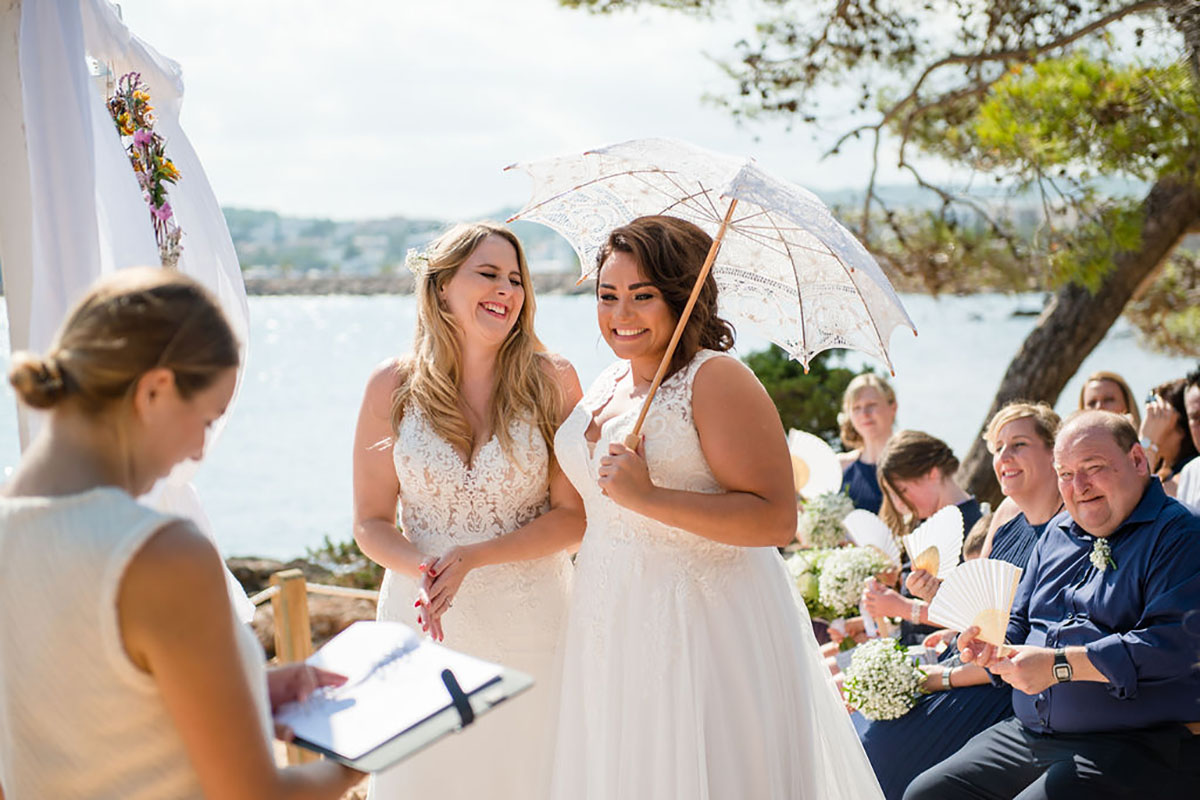
What are the best LGBTQ+ friendly and transgender safe space attributes?
This is still an unregulated area. My dilemma was which badge should I display?
If you go to stock image websites, you can find a wealth of gay pride rainbow vectors and images, but what do they really mean other than a bright cheerful graphic? I discovered that if you go to Google My Business, you can add LGBTQ+ friendly and transgender safe space attributes to your site for free.
What about those companies offering to sell me a report of my website with permission to use their logo for a price?
It is a personal thing, but it is still a big thanks but no thanks from me. Perhaps it is a good idea for florists, photographers and other wedding suppliers, but I am a wedding celebrant. If I can’t write my own empathetic web content, then I shouldn’t be writing wedding ceremonies! I have got loads to learn still, but I’m honored to say I am joining Equally Wed’s family of LGBTQ+ inclusive vendors so I can put my money where my mouth is.
 Debbie Skyrme is a former UK Deputy Superintendent Registrar who now crafts English speaking symbolic wedding ceremonies in southern Spain.
Debbie Skyrme is a former UK Deputy Superintendent Registrar who now crafts English speaking symbolic wedding ceremonies in southern Spain.
MOST VIEWED STORIES
- The Rise of Weddings With Long-Lasting Investments: Benefits Beyond The Big Day
- How to have a green wedding that Mother Earth would attend
- Simplify wedding communication with digital engagement announcements and thank you cards
- A Spiritual and Earthy Elopement at Lassen Volcanic National Park
- Food Trucks, Craft Booze and Cultural Fusions: How New England Weddings Are Changing the Game




